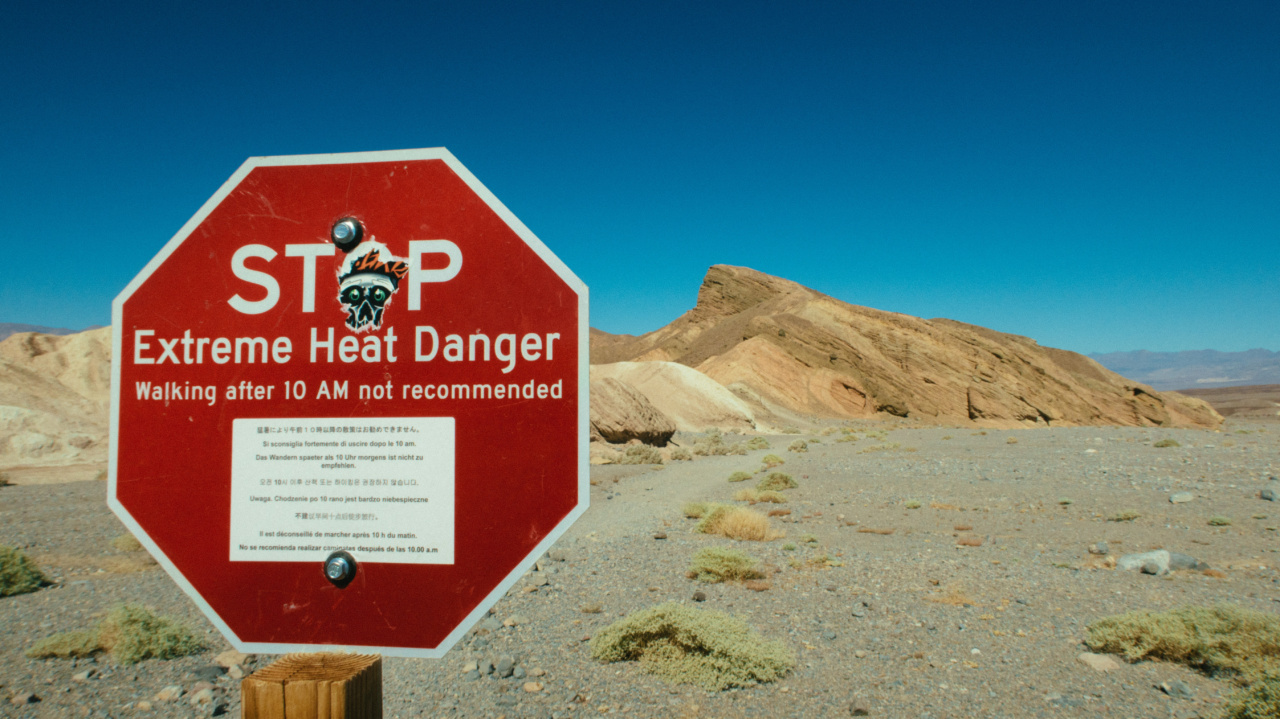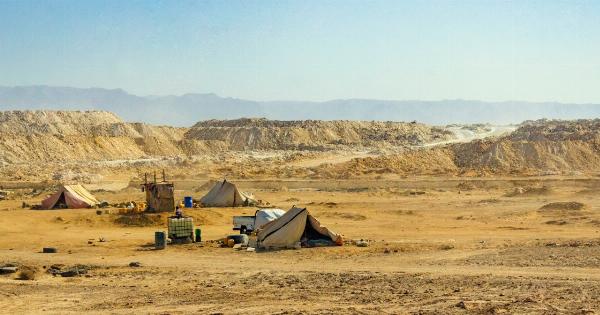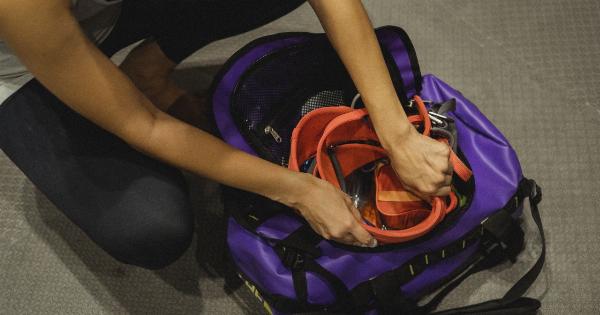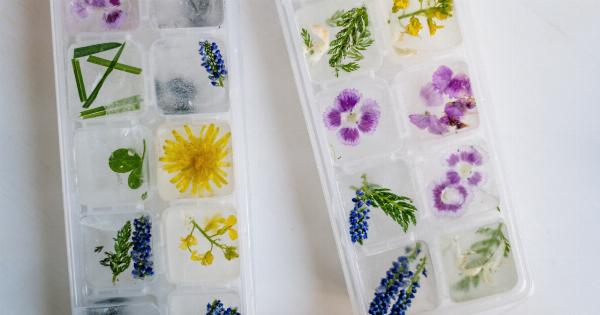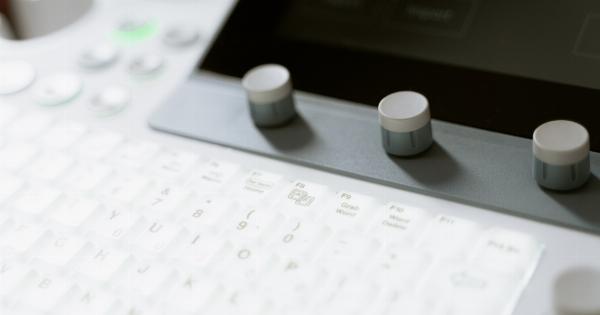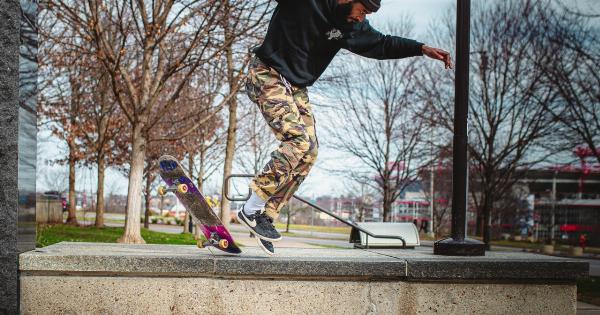As the temperature rises during the hot summer months, it is crucial to be aware of the signs of heat-related illnesses such as heat exhaustion and heat stroke. These conditions can be life-threatening if not recognized and treated promptly.
Whether you are spending time outside, engaging in physical activities, or working in a hot environment, understanding the warning signs and taking preventive measures can help keep you safe and protected.
What is Heat Exhaustion?
Heat exhaustion occurs when your body overheats due to prolonged exposure to high temperatures and inadequate fluid intake. It often happens after strenuous activities in hot, humid conditions.
Several factors contribute to heat exhaustion, including dehydration, excessive sweating, and inadequate salt intake.
The signs and symptoms of heat exhaustion include:.
1. Profuse Sweating
One of the early signs of heat exhaustion is excessive sweating. Your body attempts to cool down by producing sweat, but if the humidity is high and sweat cannot evaporate, it may not effectively lower your body temperature.
2. Pale Skin
If you notice that your skin has become pale or clammy, it could be a sign of heat exhaustion. As your body redirects blood flow to your internal organs to maintain vital functions, your skin may appear pale and cool to the touch.
3. Fatigue and Weakness
Heat exhaustion can cause extreme fatigue and weakness. You may feel drained of energy and experience difficulty performing your usual activities.
4. Dizziness and Fainting
Feeling lightheaded, dizzy, or even fainting are common symptoms of heat exhaustion. When your body overheats, blood vessels may dilate, causing a drop in blood pressure and potentially leading to a loss of consciousness.
5. Headache and Nausea
Headaches and nausea are frequently experienced by individuals suffering from heat exhaustion. Dehydration and a rise in body temperature can trigger these symptoms, which may worsen if prompt action is not taken.
6. Rapid Pulse
Heat exhaustion can cause an increase in heart rate, leading to a rapid pulse. This can further complicate the body’s ability to regulate its temperature.
7. Muscle Cramps
Heat exhaustion often accompanies muscle cramps or spasms. This is due to the loss of essential minerals, such as sodium and potassium, through excessive sweating.
What is Heat Stroke?
Heat stroke is a severe heat-related illness that requires immediate medical attention. It occurs when the body’s temperature regulation system fails, and the internal temperature rises to a dangerous level.
Heat stroke is considered a medical emergency and can be fatal if left untreated.
The signs and symptoms of heat stroke include:.
1. Absence of Sweating
Unlike heat exhaustion, in heat stroke, the body stops sweating. The inability to sweat is a dangerous sign and an indication that the body’s cooling mechanisms have shut down.
2. High Body Temperature
Heat stroke is characterized by a significantly high body temperature, usually above 103°F (39.4°C). This elevated temperature can greatly impact the functioning of vital organs.
3. Altered Mental State
A person experiencing heat stroke may appear confused, disoriented, or have seizures. The brain becomes affected by the high body temperature, leading to altered mental status.
4. Rapid Breathing and Racing Heart Rate
Heat stroke can cause rapid breathing (hyperventilation) and an accelerated heart rate. These physiological responses are the body’s attempts to cool down but may not be effective in lowering the temperature.
5. Nausea and Vomiting
Similar to heat exhaustion, nausea and vomiting can be symptoms of heat stroke. These symptoms are often accompanied by intense headaches.
6. Red, Hot, and Dry Skin
Unlike heat exhaustion, where the skin appears pale and clammy, heat stroke causes the skin to become hot, dry, and flushed. The body loses its ability to cool down, leading to this characteristic symptom.
7. Loss of Consciousness
In severe cases of heat stroke, loss of consciousness or coma may occur. Immediate medical attention is critical in these situations to prevent further complications and save lives.
Preventing and Treating Heat Exhaustion and Heat Stroke
Prevention is key when it comes to heat-related illnesses such as heat exhaustion and heat stroke. Here are some essential tips to stay safe during hot weather:.
1. Stay Hydrated
Drink plenty of fluids, even if you do not feel thirsty. Water is the best choice, but you may also consume sports drinks that replenish electrolytes lost through sweating.
Avoid excessive caffeine and alcohol intake as they can contribute to dehydration.
2. Dress Appropriately
Wear lightweight, loose-fitting clothing in light colors that reflect sunlight. Opt for breathable fabrics such as cotton, which allow air circulation and help wick away sweat.
3. Take Frequent Breaks
If you are working or engaging in physical activities outdoors, schedule regular breaks in shaded or air-conditioned areas. Avoid overexertion and pace yourself to prevent overheating.
4. Seek Shade
Whenever possible, seek shade or create your own by using umbrellas or canopies. Direct exposure to the sun increases the risk of heat-related illnesses.
5. Wear Sunscreen
Protect your skin from harmful UV rays by applying a broad-spectrum sunscreen with an SPF of 30 or higher. Reapply as directed, especially after sweating or swimming.
6. Stay Informed
Check the weather forecast and heat index before planning outdoor activities. If the heat index is high, consider rescheduling or modifying your plans to minimize exposure.
7. Use Cooling Measures
Take advantage of cooling measures such as air conditioning, fans, or misting devices to lower the ambient temperature. If you do not have access to these, take cool showers or use damp towels on your body to cool down.
8. Keep an Eye on Vulnerable Individuals
Elderly individuals, children, and people with chronic medical conditions are more susceptible to heat-related illnesses. Check on them regularly and ensure they are adequately hydrated and protected from the heat.
9. Recognize Early Signs
Learn to recognize the early signs of heat exhaustion and take immediate action. Move to a cooler environment, rest, and rehydrate with cool fluids.
10. Seek Medical Help
If you suspect heat stroke or if symptoms worsen despite initial measures, call for immediate medical assistance. Heat stroke is a medical emergency that requires prompt treatment to prevent severe complications and death.
Conclusion
Knowing the signs and symptoms of heat exhaustion and heat stroke is crucial for staying safe in hot weather.
By understanding the warning signs, taking preventive measures, and acting promptly, you can protect yourself and others from these dangerous heat-related conditions. Stay hydrated, stay cool, and stay aware!.
